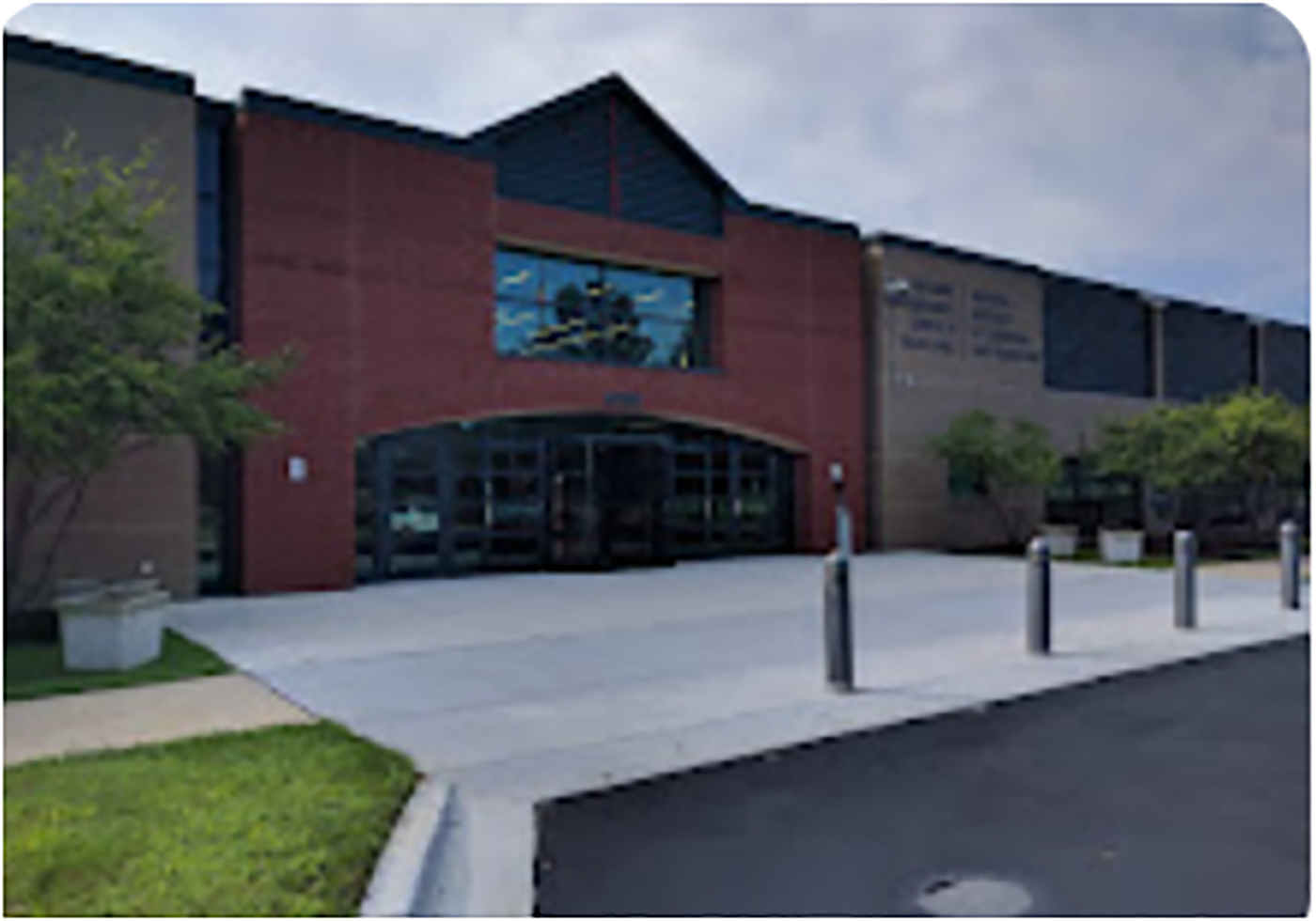The continual rise in anthropogenic CO2 concentration and its effect on climate change calls for the implementation of negative emission approaches such as direct air capture (DAC) technologies to reduce the CO2 concentration in the atmosphere, leading to a “net-zero” carbon economy. Porous solid sorbents, including metal-organic frameworks (MOFs), are feasible candidates for gas capture and storage, with efforts underway to understand the mechanism and dynamics of the CO2 capture process as required for developing these materials for practical use.
A significant part of these efforts is dedicated to establishing structure–property relationships. The advances in synchrotron light sources and X-ray free-electron lasers during the last decade have tremendously improved the structure-solving capabilities for materials in single-crystal and polycrystalline forms. Structural dynamics can now be characterized under real operational environments with nanosecond to femtosecond time resolution. However, elucidating details of complex structures in sorbent materials, which often exhibit twinning and disorder, remains challenging even from such advanced experimental data. Computational modeling of CO2 adsorption can provide information on the locations of CO2 molecules in the structure and changes in the host framework accompanying the adsorption process. However, this modeling often requires detailed knowledge of atomic arrangements in the host structure, which is usually determined experimentally. Thus, structure determination is oftentimes a bottleneck for establishing an atomistic understanding of gas sorption in materials like MOFs. The existing difficulties can be overcome by integrating crystallographic methods, theoretical modeling, and machine learning/data science.
Given the urgency of the carbon reduction challenge, the large number of viable porous solids, and the fact that the structure-solving bottleneck is essentially a measurement and data analysis problem, NIST held a workshop on this topic October 31–November 1, 2023 (Figure 1). This workshop provided a forum for experimentalists and theorists working on the structural aspects of CO2 capture and sequestration materials to review the current state of the art in this field and discuss opportunities for collaborative research required to develop tools for rapid determination of the structure and its effect on the DAC performance in porous solid sorbents.

Figure 1. Workshop logo, URL https://www.nist.gov/news-events/events/2023/10/integrating-crystallographic-and-computational-approaches-carbon-capture.
The four workshop organizers were Eric Cockayne (leader), Winnie Wong-Ng, and Austin MacDannald from the Materials Measurement Science Division (MMSD) of NIST, and Yu-Sheng Chen from the ChemMatCARS of The University of Chicago. In addition to these four organizers, we also had two workshop advisors Craig Brown NIST Center for Neutron Research (NCNR) and Igor Levin (MMSD). The easing of COVID restrictions allowed the meeting to be held face-to-face at the National Cybersecurity Center of Excellence (NCCoE) Compound in Rockville, MD, which is an off-campus NIST facility (Figure 2).

Figure 2. The NIST/NCCoE facility (Rockville, MD).
We had a total of 33 international participants from 17 institutions who were experimentalists and theorists from academia, government, and industry (see Figure 3). The 18 invited speakers were:

Figure 3. Workshop attendees (most are pictured here).
Jason Benedict, SUNY University at Buffalo
Yu-Sheng Chen, ChemMatCARS, University of Chicago
Felipe Gándara Barragán, Materials Science Inst. of Madrid-Spanish National Research Council
Christopher Hendon, University of Oregon
Ute Kolb, Johannes Gutenberg University, Mainz
David Keen, STFC Rutherford Appleton Laboratory
Lan Li, Boise State University
Shengqian Ma, University of North Texas
William Morris, NuMAT
Aditya Nandy, University of Chicago
Peter Ravikovitch, ExxonMobil Technology and Engineering Company
Tomče Runčevski, Southern Methodist University
Mustafa Soukri, RTI International
Anuroop Sriram, Meta Platforms
Janice Steckel, National Energy Technology Laboratory
Chris Wilmer, University of Pittsburgh
Taner Yildirim, NCNR, National Institute of Standards and Technology
Wei Zhou, NCNR, National Institute of Standards and Technology
The invited speakers discussed the state-of-the-art structural determination of solid CO2 capture materials. The workshop was divided into five sessions: (1) Complex Porous Structure Diffraction Techniques, (2) Structure Prediction and Modeling, (3) Industrial Perspective on the Structures of Porous Materials, (4) Combined Computational and Experimental Approaches, and (5) Future Directions and Priorities. Examples of titles of the invited talks included “In situ Crystallographic Studies of MOFs using Powder Diffraction Techniques”, “Dynamic in situ Single Crystal X-ray Diffraction on Porous Crystalline Materials”, “Exploring the Performance Limits of Porous Materials for Carbon Capture using Randomly Generated Lennard-Jones Crystal”, “Cheap and Effective: Aluminum Formate Al(HCOO)3 (ALF) as the Ultimate Simplest MOF for Carbon Capture, Air Separation, and Long-Duration Hydrogen Storage”, “Porous Materials: Industrial Perspective”, “Crystallographic Visualization of Structural Transformation and CO2 Binding in a Flexible Metal-Organic Framework under High Pressure and Ambient Temperature”, and “Porous Carbon-Capture Materials Design Using Machine Learning and Computational Modeling Approaches”.
These presentations were followed by two discussion sessions focused on identifying knowledge gaps and defining potential new metrologies and analyses. The discussions explored outstanding issues and future directions, the promotion of NIST expertise in metrology and database curation, and customer feedback on needs for relevant standards and reference materials. The main points of presentations and discussions will be summarized in a NIST special report on the technical part of the workshop, which is currently in preparation. NIST can help the industry by providing a reference material for CO2 adsorption isotherm measurements, along with a standard procedure for activation, flow rate, etc. We also plan to conduct a computational round-robin to compare predictions of a different density functional theory and force-field codes for selected porous materials. In the area of database generation and curation, we will determine what extension to Crystallographic Information File (CIF) would be useful to provide information about DAC.
In addition to scientific activities, we also had several enjoyable social gatherings during the workshop, including the welcoming reception, semi-working luncheons, and a farewell banquet at the nearby Sheraton Hotel. Even though the meeting occurred during Halloween (October 31), there was no complaint from the attendees. The special Halloween decorations at the welcoming reception and the banquet may have enhanced the experience. The audience members were very delighted with the entire workshop and participated in all events enthusiastically (particularly the discussion sessions), contributing to the workshop's success.






